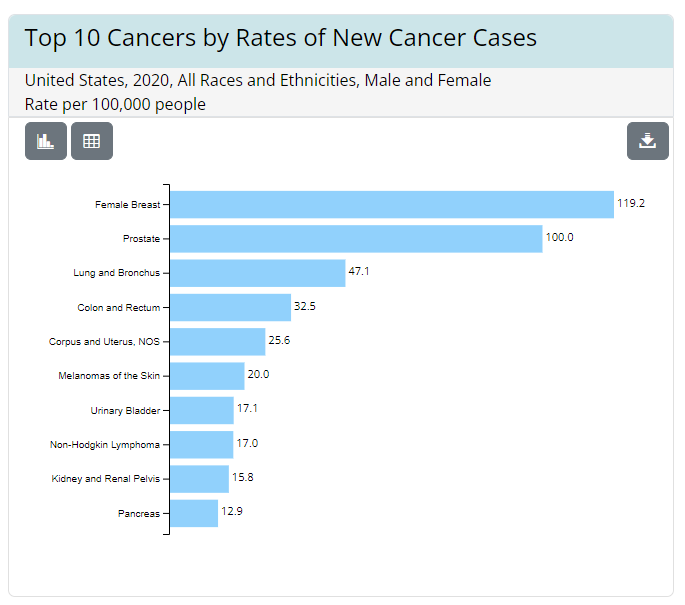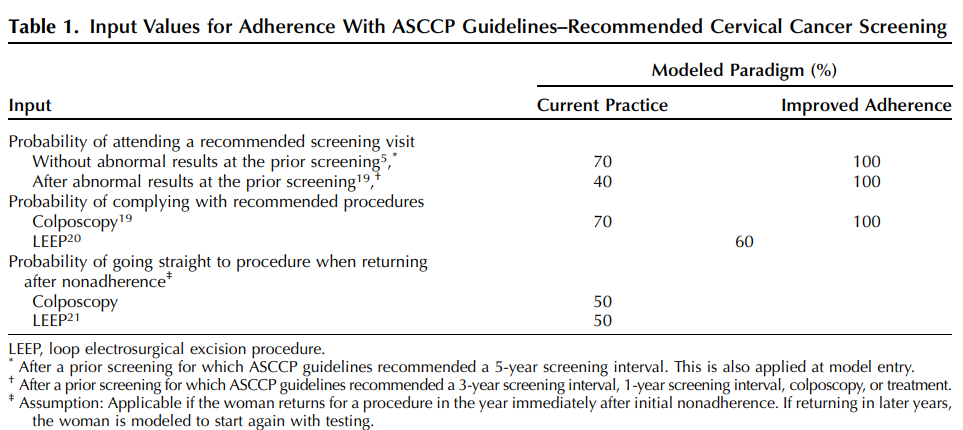Women still get tested and a few thousand still die each year. The authors believe that the increase in saved life-years has not occurred because taxpayers haven't yet spent enough.
Despite assurances that the Affordable Care Act while close the economic gaps in health care, it has done little. Cervical cancer screening is among the preventive services covered free of charge but if a patient does have to pay anything in follow-up, they stop going. And the Affordable Care Act caused medical care costs to rise sharply since implementation, which means out-of-pocket costs rose sharply also. Yet money can't be the big obstacle when studies show that some don't want to know if they have cancer, some don't want the speculum examination or to then undergo colposcopy and a loop electrosurgical excision procedure (LEEP) treatment.
A new computer simulation sough to estimate the effects if more women followed up on abnormal results. Their simulation divided a virtual US population into 49 groups of 2,000 each, defined by age, HPV status, and histology, then ach patient was simulated on an annual cycle with current and improved adherence to follow-up care and results were averaged across groups and weighted by the prevalence of each group in the United States to address equity in population.

With the HPV vaccine more common, cervical cancer deaths should decline rapidly, but until then going in for follow-up visits will save a lot of years of life, according to a new simulation. Link
The simulation found that 20 percent fewer people would die with increased follow-up.

Obviously, an adherence rate of 40 percent after an abnormal screening is poor and that may be because women are not as concerned about it when there are only 3,000 deaths per year compared to over 600,000 for all cancers, with breast cancer far out in front. Only 70 percent of women who are even referred for a colposcopy actually do get one while the percentage for LEEP is even lower. The authors try to contend that making the entire health care system free would close that gap, but the cervical cancer incidence in the UK is only 1.5 per 100,000 less even with the entire industry nationalized. That means it is not just about money, people simply do not follow up.
The best way to make sure your family gets to enjoy your presence longer is to get recommended follow-ups.






Comments